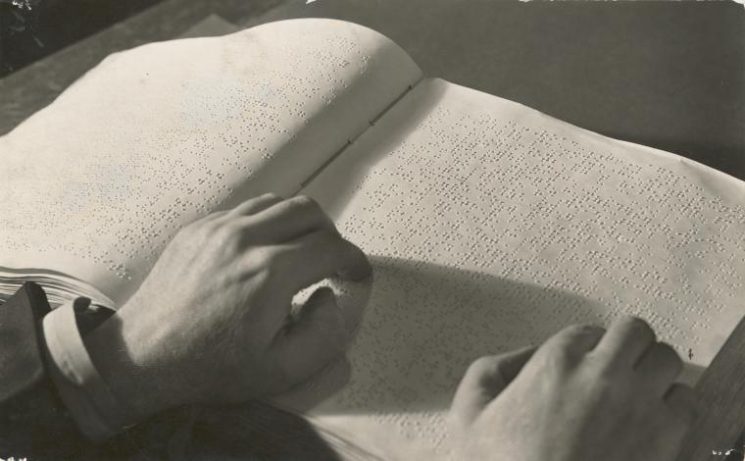
By Kevin Sears
The history
Following the precedent set by Brown v. Board of Education (1954), which overturned the legalization of racial segregation by Plessy v. Ferguson (1896) under the separate but equal clause, other minorities were able to begin a fight for their right to an education.
Before the case Pennsylvania Association for Retarded Citizens v. Commonwealth of Pennsylvania (PARC) (1972), it was common practice for many states to enact laws denying students with certain disabilities such as deaf, blind and emotionally or intellectually disabled students from going to school. PARC dealt specifically with the unfair suspending, expelling and excluding of children with disabilities in school. While PARC was underway, an investigation discovered that 2.5 million children with handicaps were receiving an inappropriate education, while 1.75 million children with handicaps were receiving no educational services.
It wasn’t until three years later with the passing of the Education for All Handicapped Children Act of 1975 (EHA) did students with disabilities began to receive accommodations in schools. The act required schools to evaluate the special needs of a student, develop an individualized education program for the student, involve the parents and educate a disabled student with non-disabled students as much as possible.
Later in 1990, the EHA was changed to the Individuals with Disabilities Education Act.
Accommodations at Fountain Valley High School (FVHS)
As a recipient of federal funding, it is illegal for the Huntington Beach High School Unified District (HBUHSD) to discriminate against people because of their disability as defined by the Rehabilitation Act of 1973. Moreover, HBUHSD has to provide equal access to students with disabilities through programs and services.
The 504 plan is one such service that is eligible for any student with a condition that limits daily activities in a major way. The 504 works to aid students through accommodations with its effects ranging from a change to the environment to a change in curriculum. A change in the environment can take on the form of preferential seating or a separate room during a test, while a change in the curriculum could include extra time on a test.
Outside of the 504, a student may work with the school nurse, Marci McLean-Crawford, or the student support school psychologist, Cynthia Olaya, to receive accommodations from the school through a doctor’s note. However, it’s typically advised to get a 504 for additional legal protections.
Accommodations for the SAT and AP exam
With a 504 or accommodations approved by Olaya and Nurse McLean-Crawford, a student could receive accommodations by the College Board for the SAT (including digital SAT) and AP exam. Common accommodations as described by the College Board include:
- Braille exam format
- Assistive technology–compatible (ATC) exam format
- Large-print exam format
- Extended time
- Extra breaks
- Large-block answer sheets
- Permission to use a computer for typing essays
- Permission to use a magnification device (electronic or non-electronic)
- A human reader dictates questions
- A writer/scribe to record responses
- A written copy of oral instructions
After receiving accommodation from the College Board for an exam, the adjustments will automatically transfer over to the next test. Go to the College Board’s website to explore more about their accommodations. The application process traditionally begins in the fall with a deadline of Jan. 18.
How to get a 504 plan
- Send a written request for a 504 plan to Olaya with information about your health condition, records of diagnosis and what accommodations you wish to receive.
- A Student Study Team (SST) will be formed and made up of people knowledgeable of you such as parents, school nurses and teachers to decide on your eligibility.
- The SST may request an assessment plan, which will require the written consent of the parents. An assessment plan allows for the SST to hear directly from you.
- The SST will inform you if you’re eligible or not.
If you believe you meet the requirements for accommodations, please reach out to Olaya at colaya@hbuhsd.edu or Nurse McLean-Crawford at mmcleancrawford@hbuhsd.edu as soon as possible to begin the accommodation process.





